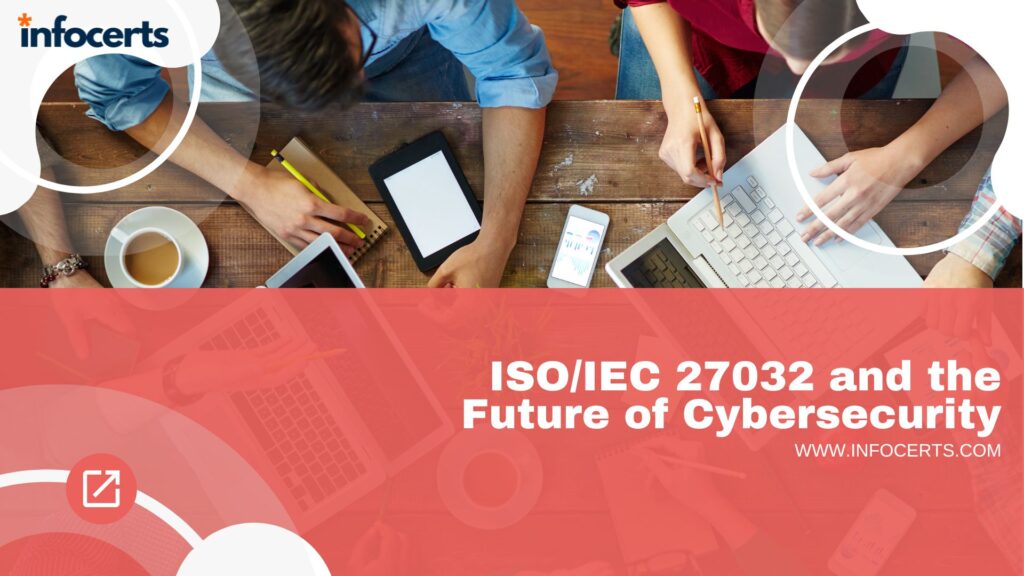As the digital landscape evolves, so does the sophistication of cyber threats. ISO/IEC 27032, the international standard for cybersecurity, offers a framework designed to help organizations stay ahead of these threats. Understanding and adapting to emerging cyber threats is crucial for maintaining robust security. Let’s delve into how ISO/IEC 27032 is preparing us for the future of cybersecurity.
Evolving Cyber Threat Landscape
The cybersecurity threat landscape is continually changing, driven by rapid technological advancements and the growing complexity of digital environments.
- Emerging Threats:
- AI-Based Attacks: Cybercriminals are increasingly using artificial intelligence to enhance the effectiveness of their attacks. AI can automate and refine attack strategies, making them more challenging to detect and prevent.
- IoT Vulnerabilities: The Internet of Things (IoT) introduces numerous devices connected to the internet, each potentially serving as an entry point for cyber attacks. The proliferation of IoT devices heightens the risk of breaches if not properly secured.
- Need for Adaptive Cybersecurity Measures:
- Organizations must adopt flexible and adaptive cybersecurity measures to counter these evolving threats effectively. This involves continuous monitoring, timely updates, and integrating advanced technologies.
ISO/IEC 27032’s Forward-Looking Framework
ISO/IEC 27032 provides a comprehensive framework designed to address the complexities of modern cybersecurity.
- Continuous Improvement and Updates:
- The standard emphasizes the importance of ongoing improvement and regular updates to cybersecurity practices. This is essential to keep pace with new threats and technological developments.
- Incorporating New Technologies and Threat Intelligence:
- ISO/IEC 27032 encourages the integration of emerging technologies and threat intelligence into an organization’s security strategy. This approach ensures that the measures in place are not only current but also proactive in addressing potential vulnerabilities.
Scenario: A Tech Company Navigates Emerging Threats
Consider a tech company specializing in IoT devices. As new vulnerabilities emerge in their products, the company faces the challenge of adapting its security practices to protect against these threats.
- Identifying New Vulnerabilities:
- The company identifies potential weaknesses in their IoT devices and assesses how these could be exploited by attackers.
- Adapting ISO/IEC 27032 Guidelines:
- To address these vulnerabilities, the company aligns its security measures with the ISO/IEC 27032 guidelines. This includes updating their threat assessment protocols, enhancing device security features, and integrating advanced threat detection systems.
- Success Story:
- By effectively implementing ISO/IEC 27032 recommendations, the company successfully mitigates new threats, maintains security, and preserves customer confidence in its products. This proactive approach ensures that the company remains resilient in a rapidly changing tech environment.
For IT professionals seeking to enhance their understanding of ISO/IEC 27032, ISMS, and GRC, INFOCERTS offers specialized courses to help you stay ahead in the field. Call us at +91 70455 40400 to enroll and boost your cybersecurity expertise.
By adopting a forward-looking framework like ISO/IEC 27032, organizations can better prepare for and respond to emerging cyber threats, ensuring robust security and maintaining trust in a dynamic digital world.
For more details on ISO/IEC 27032, ISMS, and GRC, explore our ISO 27032 Course, ISMS Course, and GRC Course.

